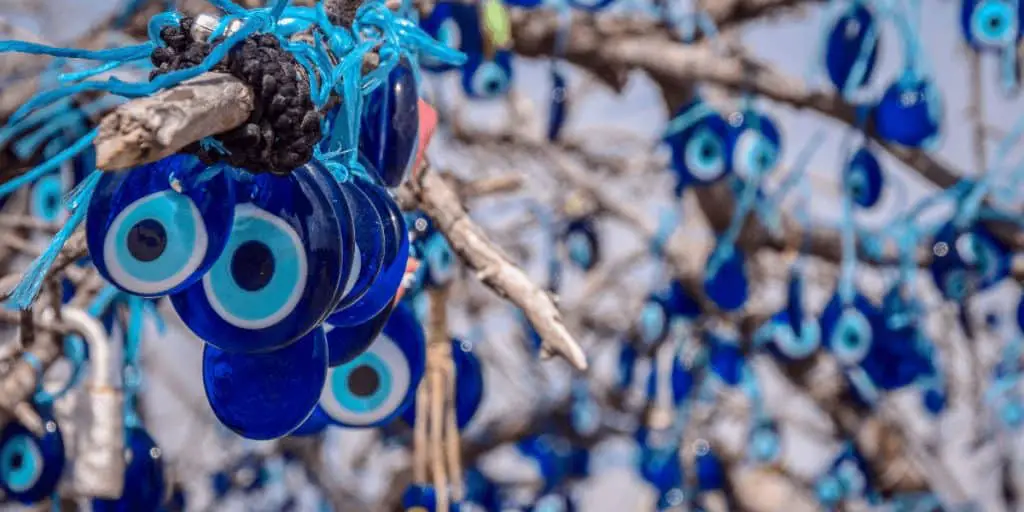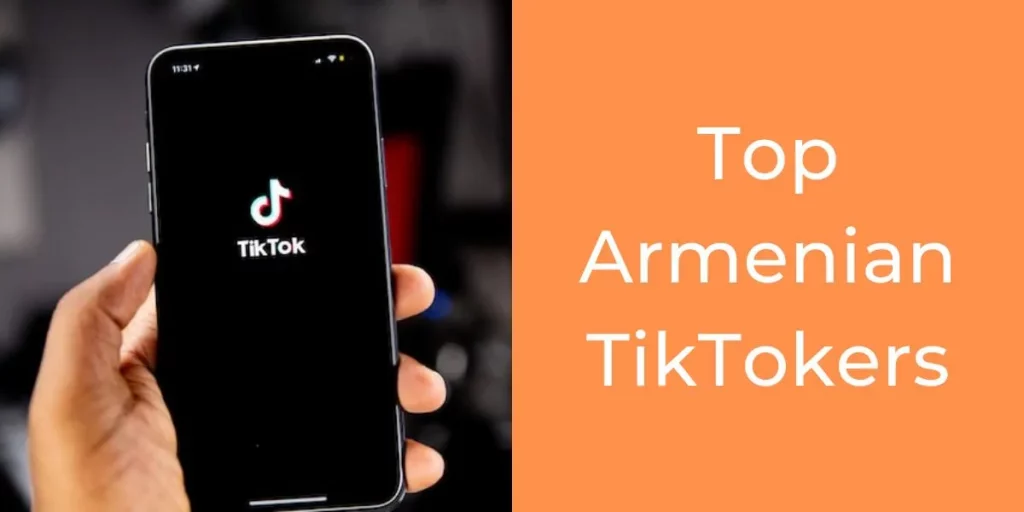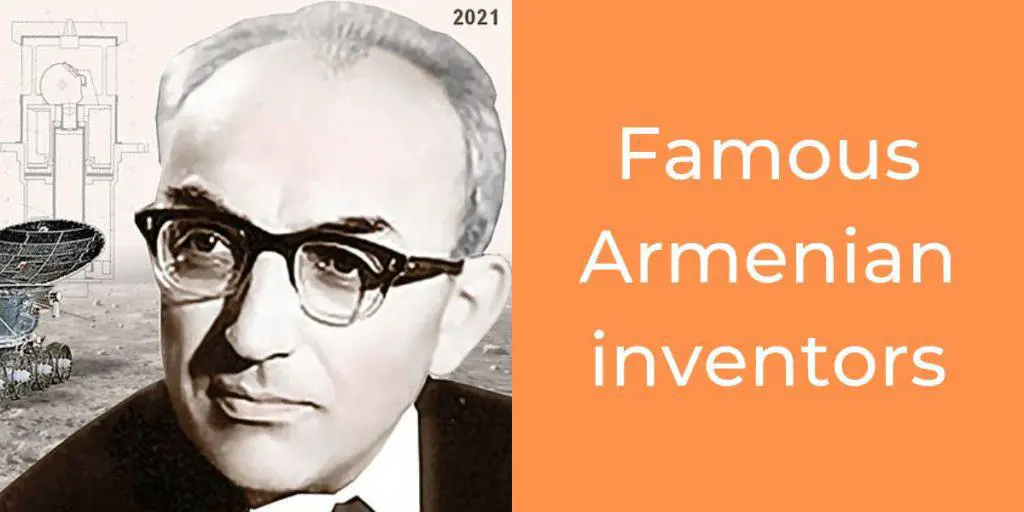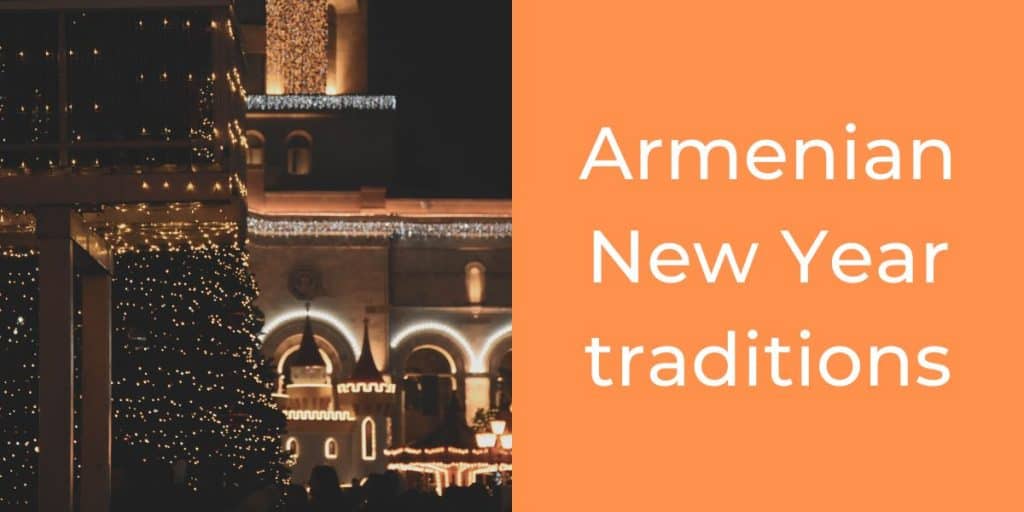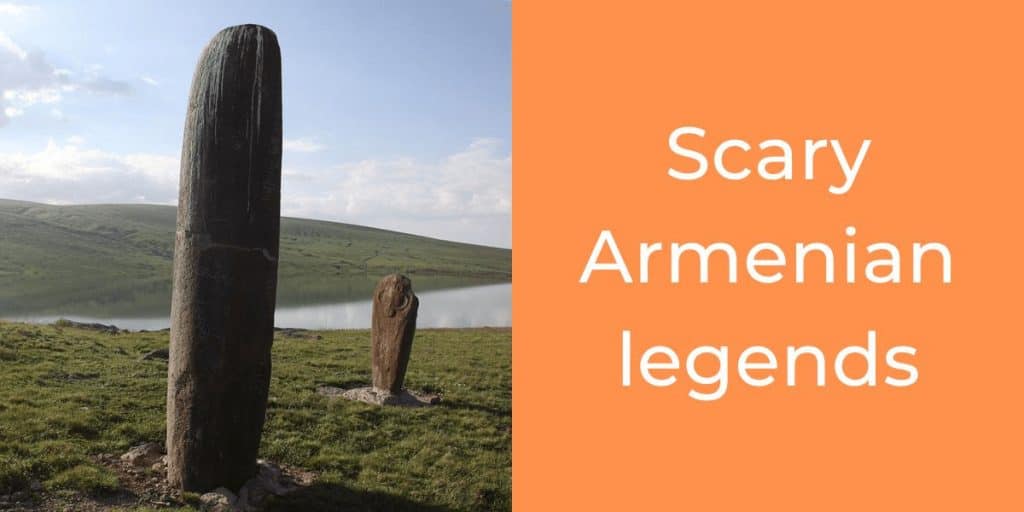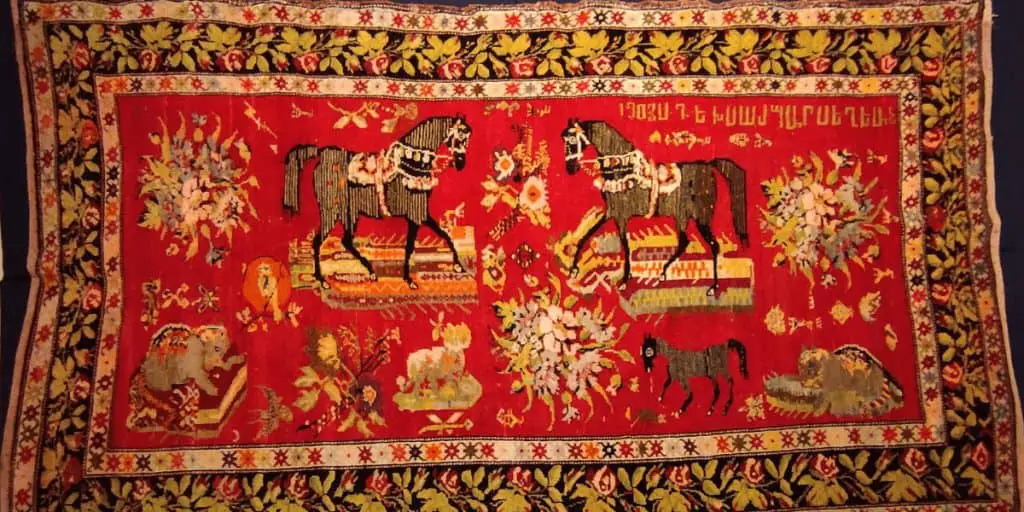Let’s talk about spooky stuff! Armenian evil eye: what’s going on with all the “blue eye” talismans in the cars of Armenian bus drivers? What exactly is evil eye and how do we, Armenians, understand it? Now, I don’t believe in superstitions and conspiracies, but I gotta admit this evil eye thing, or as we call it in Armenian “char achq”, is such an old and still widely observed cultural meme in Armenia, that I can’t just ignore it. And based on the questions you DM me, it seems like it caught your eye too. So, let’s talk about it!
The concept of evil eye is a common Armenian superstition. “Char achq” as it is called in Armenian, represents negative energy that can cause misfortune or injury. To protect from such an ill-meaning gaze, Armenians keep depictions of a symbolic blue eye called “achqi ulunk” at home, in their cars, and in other spaces they use. The protection from the evil eye may come in the form of a talisman, a small statue, a specific print on items of clothing, etc.
You might call me crazy, but I’m genuinely fascinated by this ancient belief. If you do think I’m out of my mind writing about this in all seriousness, let me know on Twitter or Instagram with #ArmeniaTravelTips. 🙂 And to be even more weird, here is my blog on scary Armenian legends. You might get a share of adrenaline, I believe!
The meaning of evil eye for Armenians
Armenians have believed in the power of the evil eye since ancient times. For example, it has long been believed that if someone is praised too much, it may attract bad luck.
Defining the evil eye is difficult because it’s not something you can see or touch. But if you ask 10 Armenians, 9 of them will probably say something about it being a kind of negative energy that a person transmits in case they don’t wish good to you.
While science has obviously not proven this, it is widely accepted that thought is a form of energy. Thus, when you have negative thoughts, you transmit negative energy.
What’s important to note is that in Armenia we believe that people who transmit such negative energy may not be aware of that. For example, you may think that you wish good to a person by praising their achievements, but in reality, you are risking attracting misfortune on them by being too positive. That’s something we also call a “sweet evil eye”, which is basically jinxing in English. And I’m not saying it is real. But my grandma believed it was, my mom did too and I think MAMA KNOWS! 🙂
When can an evil eye affect you?
Here are some basic situations when a loving Armenian grandma would probably warn you to be alert against the potential evil eye:
- Someone praises you and does that with strong exaggeration (think a friend who is super excited about your kick-ass career progress)
- People who envy you
- When you see a person first thing in the morning if this person is believed to be unkind
- If you feel super happy and express it yourself, because it is believed that “extra” and “unnecessary” emotions transform into negative energy (yes, it’s crazy – you gotta control your happiness)
- When you talk about your plans or business success before it’s materialized
Believe it or not, people do sometimes suppress their positive emotions in Armenia, just to avoid jinxing themselves or their loved ones. That in itself is so cute, I think, that it deserves that we talk about it.
The Armenian church and the evil eye
Now, as many ancient things do in the modern world, the concept of evil eye also happens to feel a bit schizophrenic when put in the context of the Armenian Apostolic Church. On the one hand, the church is one of the key pillars of our national and ethnic identity. On the other, we, Armenians, practice a lot of ancient pagan traditions to this day, and the church doesn’t always have a particularly positive stance on that.
Evil eye is one of those things the church hates. The Armenian Apostolic Church does not accept this superstition, considering it something irrelevant for a devoted Christian. They categorically reject the symbols of the evil eye like char achq amulets labeling them as demonic. 🙂
And to be honest, knowing what kind of posh cars our religious leaders drive (or rather their personal drivers drive them), I can’t help but think that cars with such a price tag need some protection from the evil eye. They couldn’t have completely lost touch with the regular Armenians, right? So, if that’s the case, I bet they carry “achqi ulunk” for protection from the evil eye in their cars just like our regular bus drivers do.
Evil eye superstition in other cultures
A 1976 cross-cultural survey by folklorist John Roberts found that 40 percent of cultures believed in the evil eye. Greek philosopher Plutarch, in his book ‘“Symposiacs,” suggested that the human eye had the power of releasing invisible rays of energy that were in some cases potent enough to kill children or small animals. OMG!
This belief comes from ancient times, I’m telling you it’s very impressive. It was popular in ancient Greece, Rome as well as among Jews, Buddhists, Muslims, and Hindu traditions. So, people of all religions believed and some still believe in negative energy. And as a consequence of that, many cultures across the world have some iteration of the idea of protecting themselves from the evil eye.
Modern use of the evil eye in Armenia
So, as I already suggested, even today, many Armenians would agree that even though they might not consider themselves particularly superstitious, having “achqi ulunk” in some shape or form won’t hurt. Purely, for protection against the evil eye, of course! But! I know that in reality there is also a powerful fashion trend that influences our decisions to slap these “blue eyes” on stuff. 🙂
Obviously, capitalism had to jump on the bandwagon of “let’s protect everything from the Armenian evil eye”. So, nowadays, you have dozens of ways of using “achqi ulunk” for protection.
If you want to shop around for something with the symbolism of protection from the evil eye, I’d strongly suggest starting your shopping spree from Vernissage in Yerevan. Vernissage is an open-space market where you can find all kinds of hand-made things. Just ask anyone at the market where you can get “achki ulunk”. You will not only get it at a very reasonable price there, but this is also the most accessible way of getting something more or less authentic and artisanal.
However, the online world offers a ton of different options too – from jewelry and decorations to prints and clothes. BuyArmenian website has a good selection of items sourced from Armenian producers, and many of those pieces like this evil eye bracelet include the “blue eye” symbol you are after. If you are in the US or Canada, I strongly recommend checking out the Evil Eye collection by Ara The Rat. You’ll find a whole range of stuff there, from socks to hoodies and face masks.
Last but not least, check out Etsy or Redbubble to see your local producers of handmade stuff with the evil eye symbology, wherever you live.
Wrapping up
Not all Armenians believe in char achq, obviously! Superstitions can be very limiting if you take them seriously. Or they can be fun and cute if you take it lightly. I think the concept of evil eye and consequently our desire to get protection from it are here to stay. What do you think? Let me know on Twitter or Instagram with #ArmeniaTravelTips. And if you read this blog post up to the end, you definitely have some interest in Armenian culture. Read some serious points about Armenian culture and learn some Armenian phrases, my nerdy friend. 🙂 Enjoy!
Featured image credit: Photo by Pot Podmore on Unsplash
Please help me make Armenia more popular!
